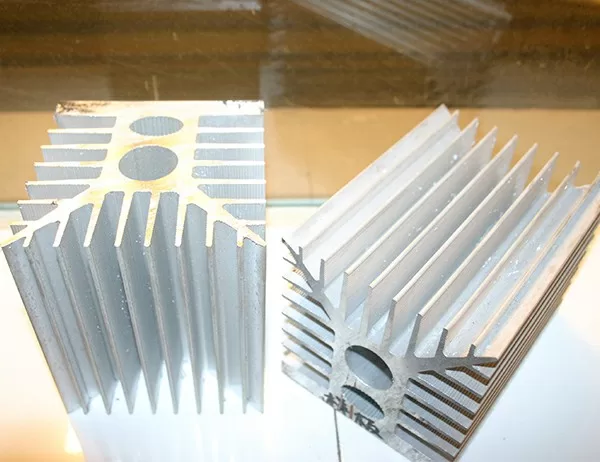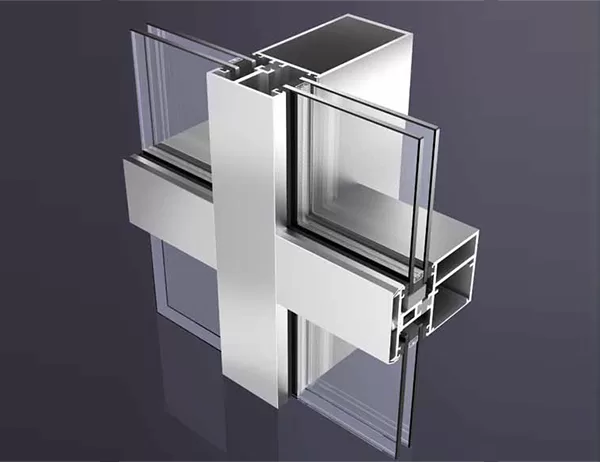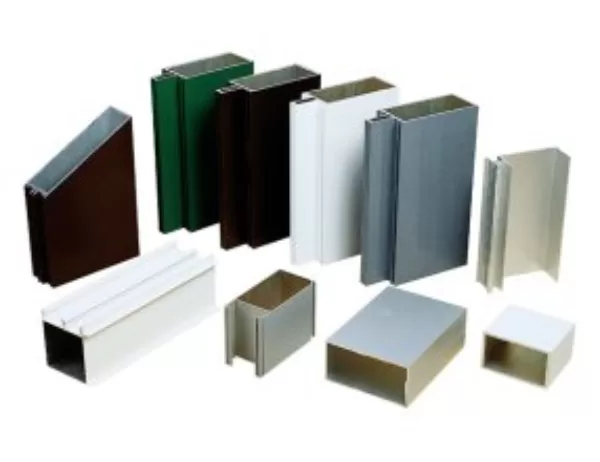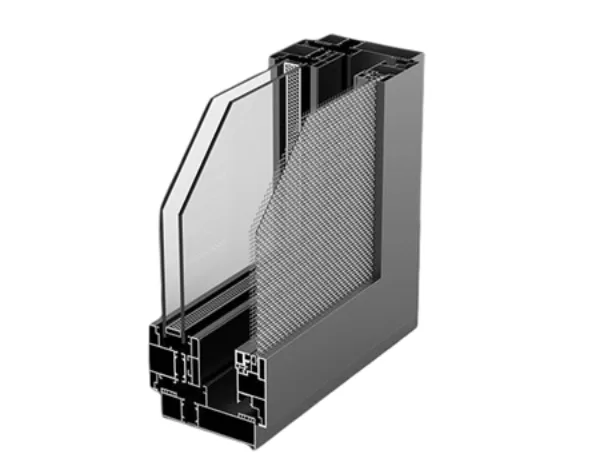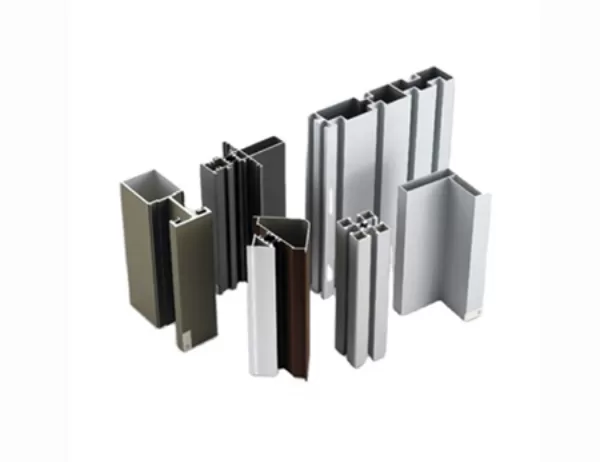Introduction
The automotive industry is constantly evolving to meet the demands of consumers and the environment. As a result, manufacturers are increasingly turning to lightweight materials such as aluminum extrusions to reduce vehicle weight and improve fuel efficiency.
Benefits of Aluminum Extrusions in Automotive Applications
Lightweighting
One of the primary benefits of aluminum extrusions is their low weight. Aluminum is approximately one-third the density of steel, making it an ideal material for vehicle components that need to be lightweight. By reducing vehicle weight, manufacturers can improve fuel efficiency, reduce emissions, and enhance performance.
High Strength-to-Weight Ratio
Despite its lightweight nature, aluminum extrusions offer high strength and stiffness. This allows manufacturers to use aluminum extrusions in structural components, such as frames and bumpers, without compromising safety or durability.
Corrosion Resistance
Aluminum extrusions are highly resistant to corrosion, making them ideal for use in harsh environments. This is particularly beneficial for vehicles that are exposed to salt water or extreme weather conditions.
Design Flexibility
Aluminum extrusions can be formed into a variety of shapes and sizes, which gives manufacturers greater design flexibility. This allows them to create custom components that meet specific performance requirements.
Assembly Efficiency
Aluminum extrusions can be joined together using a variety of methods, including welding, riveting, and adhesive bonding. This makes them easy to assemble into complex structures, reducing manufacturing time and costs.
Sustainability
Aluminum is a sustainable material that can be recycled repeatedly without losing its properties. This makes aluminum extrusions an environmentally friendly option for automotive applications.
Applications of Aluminum Extrusions in Modern Vehicles
Aluminum extrusions are used in a wide range of automotive applications, including:
Frames and bumpers: Lightweight and strong, aluminum extrusions are ideal for structural components that need to absorb energy in the event of a collision.
Suspensions: Aluminum extrusions can be used for suspension components such as control arms and knuckles, which reduce unsprung weight and improve handling.
Driveline components: Aluminum extrusions are used in driveline components such as driveshafts and differentials, which reduce weight and improve efficiency.
Body panels: Aluminum extrusions can be used for body panels such as hoods and fenders, which reduce weight and improve corrosion resistance.
Interior components: Aluminum extrusions are used for interior components such as dashboards and consoles, which provide a lightweight and durable solution.
Aluminum extrusions offer numerous benefits for modern vehicles, including lightweighting, high strength-to-weight ratio, corrosion resistance, design flexibility, assembly efficiency, and sustainability. As the automotive industry continues to evolve, aluminum extrusions are expected to play an increasingly important role in the development of lighter, more efficient, and more environmentally friendly vehicles.
